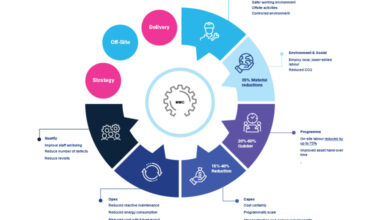National road safety: A Safe Systems approach
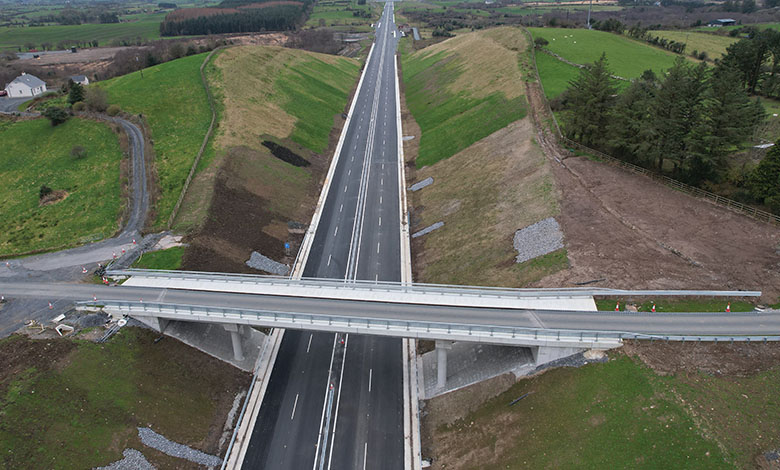
Ireland has seen a year-on-year increase in road fatalities over the last number of years, which has become a hot topic. The recent hike in numbers is not limited to Ireland, many other European countries have witnessed the same regression following Covid-19, writes Suzanne Meade, Senior Engineer, TII Road Safety.
It is beneficial to briefly benchmark our road safety performance against the rest of Europe. The European average, in 2021, was 44 collisions per million population; Ireland has a lower rate of 27 collisions per million population, placing it in the top five best performing countries in Europe. A recent European evaluation of the trans-European road network (our motorways) is also encouraging because the average fatal collision rate was 2.1 per billion vehicle kilometres travelled on these roads, which is almost two times higher than the rates on Irish motorways.
Taking a closer look at what is happening in Ireland, comparing national roads alongside the safety performance of regional and local roads, between 2016 and 2023 a diverging pattern emerged. During Covid-19, performance was mixed and it was difficult to draw any conclusions but what is clear is that national roads appear to be experiencing a more favourable return to full operation than regional and local roads. While 2023 collision numbers on national roads are not as low as previous years, notably 2017 to 2019, collisions did not increase to the same extent as regional and local roads when traffic levels returned to pre-Covid-19 levels.
Interestingly, fatalities did not fall during Covid-19 travel restrictions despite significantly reduced traffic on national roads. What we do know about the impact of Covid-19, in terms of road safety driver behaviours, is informed by Road Safety Authority research. After 2019, a sudden deterioration in driver behaviour (speeding, mobile phone use, impaired driving, and seat belt wearing) materialised that has not reverted to pre-Covid levels. This is significant because driver behaviour is known to be a contributory factor in over 80 per cent of fatal collisions. Notably, despite this, national road fatal collisions fell in 2023 compared to 2022 and the long-term rate of collisions continues to decrease. This is also illustrated by the fact that national roads account for only 37 per cent of all fatal collisions and 21 per cent of all serious injury collisions that occur in Ireland.
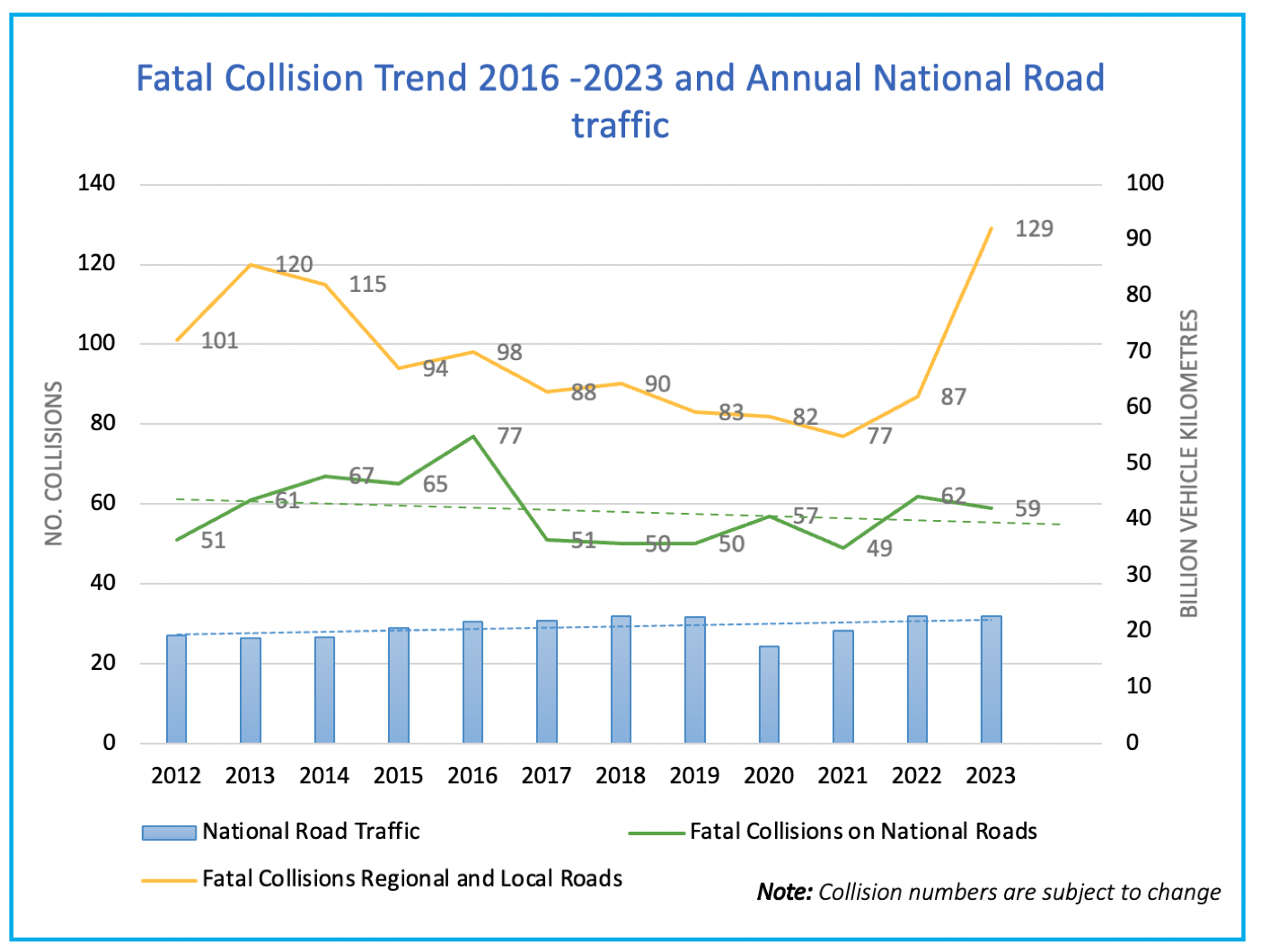
The slope of the trend is not as rapid as we would like, but it is still moving towards Vision Zero. This benefits half (48 per cent) of all traffic in the country and 90 per cent of freight traffic that national roads carry. That is a staggering 22.8 billion vehicle kilometres (over 62 million a day) travelling on just 5,300 kilometres of roads. The safety of this network is critical because it facilitates mobility and accessibility to education, employment, retail, recreation and tourism and key services such as health.
TII road safety roles
The main Irish strategy setting out what we need to do to prevent collisions is Ireland’s Government Road Safety Strategy 2021-2030. Ireland’s Vision Zero targets aim to halve the number of serious injury collisions by 2030, in six-years’ time, and eliminate fatalities by 2050. Both the Climate Action Plan 2023 and the National Sustainable Mobility policy contain safety actions because road safety impacts the shift to active travel.
There is also a statutory road safety remit for national roads under government legislation, namely the EU Directive on Road Infrastructure Safety Management (EU RISM), that was transposed by S.I No. 612 of 2021. Under this legislation, TII has responsibility for carrying out certain functions and programmes to implement the Directive.
Management of the Directive remit is implemented through the TII Road Safety Programme, which is run by the TII Road Safety section within TII. Safety is a cornerstone of the TII Statement of Strategy. It does this in several ways: through the allocation of funding to local authorities for road safety improvement measures; by providing data analytics to local authorities and other stakeholders; by developing and funding third-level training in collaboration with the Atlantic Technological University; by providing regular professional education in road safety; by targeted national road safety intervention; by developing new road safety tools and standards; by facilitating capacity building; overseeing the management of the national Road Safety Audit portal; by informing policy development with the Department of Transport; and through innovation and research with various partners and stakeholders in Ireland and across Europe.
To help unpick data and trends a variety of techniques have been developed to understand prevalent safety issues, see below example illustrating collision type and changes over time. The most common type of fatal collision, 40 per cent, is a vehicle to vehicle (head-on) collision. This type of collision is particularly prevalent on high-speed single carriageway sections, with high proportions of heavy good vehicles, has a straight alignment and is located close to or in the vicinity of a change of road type, i.e. motorway or dual carriageway. In terms of serious collisions, single carriageway sections of the national road network account for most serious injury collisions (86 per cent).
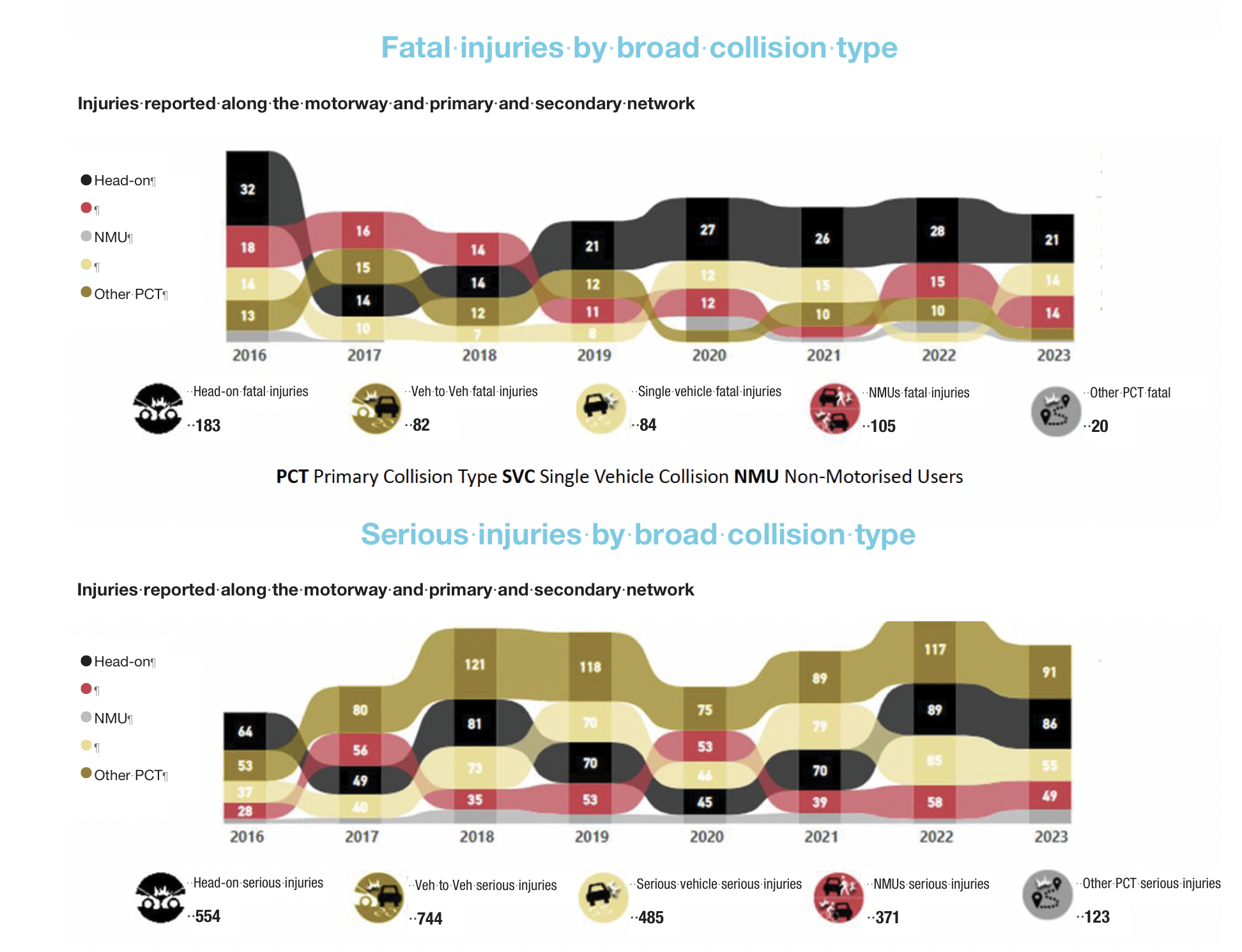
This type of high-level analysis of collision data allows TII to target safety improvement funding at particular collision types and to identify where they are likely to happen most.
Data analytics
Another approach that TII uses is safe systems and it is integral to the Government of Ireland’s Road Safety Strategy. The approach is underpinned by three principles: the human body has limited ability to withstand force; humans will always make mistakes; and finally recognising that road safety is a shared responsibility. Simply counting collisions is not enough. At the local level, data is required to understand how infrastructure or discrete parts of a network contribute to serious injury and fatalities.
To do this, TII Safety section provides data analysis and collision analysis at the local and site level to help inform local authorities about what sections or elements of the road carry most risk for users. TII produces two main forms of road safety analysis: the first is called network safety analysis and the second is called road safety inspections.
“Our analysis helps us to understand which part of the network carries the biggest risk,” says Alastair de Beer, Head of Road Safety at TII. “For example, we know that 92 per cent of fatalities on national roads occur on high-speed single carriageway roads. This is significant because they are not the busiest parts of the network in terms of traffic; carrying only 38 per cent of all veh.km travelled.”
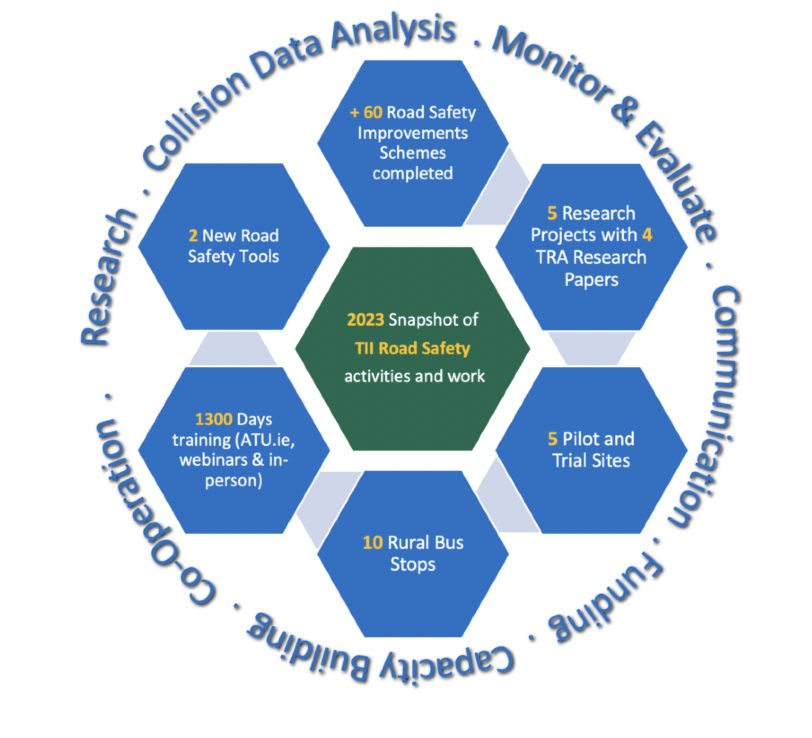
Network safety analysis is calculated over a three-year rolling period. The network is divided into one-kilometre segments and the collision data, road attributes and traffic data are analysed to identify higher than expected collision frequencies. Sections with a collision rate twice above the average for their reference population, i.e. motorways, dual carriageways etc., and have three or more collisions are classified as a high collision location. TII investigates these further using collision investigation techniques before issuing the sites to local authorities. Typically, TII Safety produces this data every 18 to 24 months. Local authorities use this information to seek grant funding for safety improvement schemes and to inform the selection of minor schemes. Since this process began, over 10 years ago, the number of high collision locations has dropped by half due to local authorities implementing targeted safety measures.
The second type of road safety analysis is called Road Safety Inspection and is a pro-active way to identify collision risks before they appear in collision statistics. This analysis differs from network safety analysis because it evaluates collision risk rather than collision frequency. This analysis uses historic collision data to evaluate the safety risk or severity of a future collision for various elements on the network to provide data about risk to road users. For example, a collision with the pillar or pier of a wall on a high-speed road has a 50 per cent chance of an injury collision.
“The introduction of TII’s proactive programme has brought about a significant shift, with primary data collected specifically for the purpose of targeting safety interventions that aim to prevent fatal and serious injury across all road users,” says Desmond O’Conor, Chief Road Safety Data Analyst at TII.
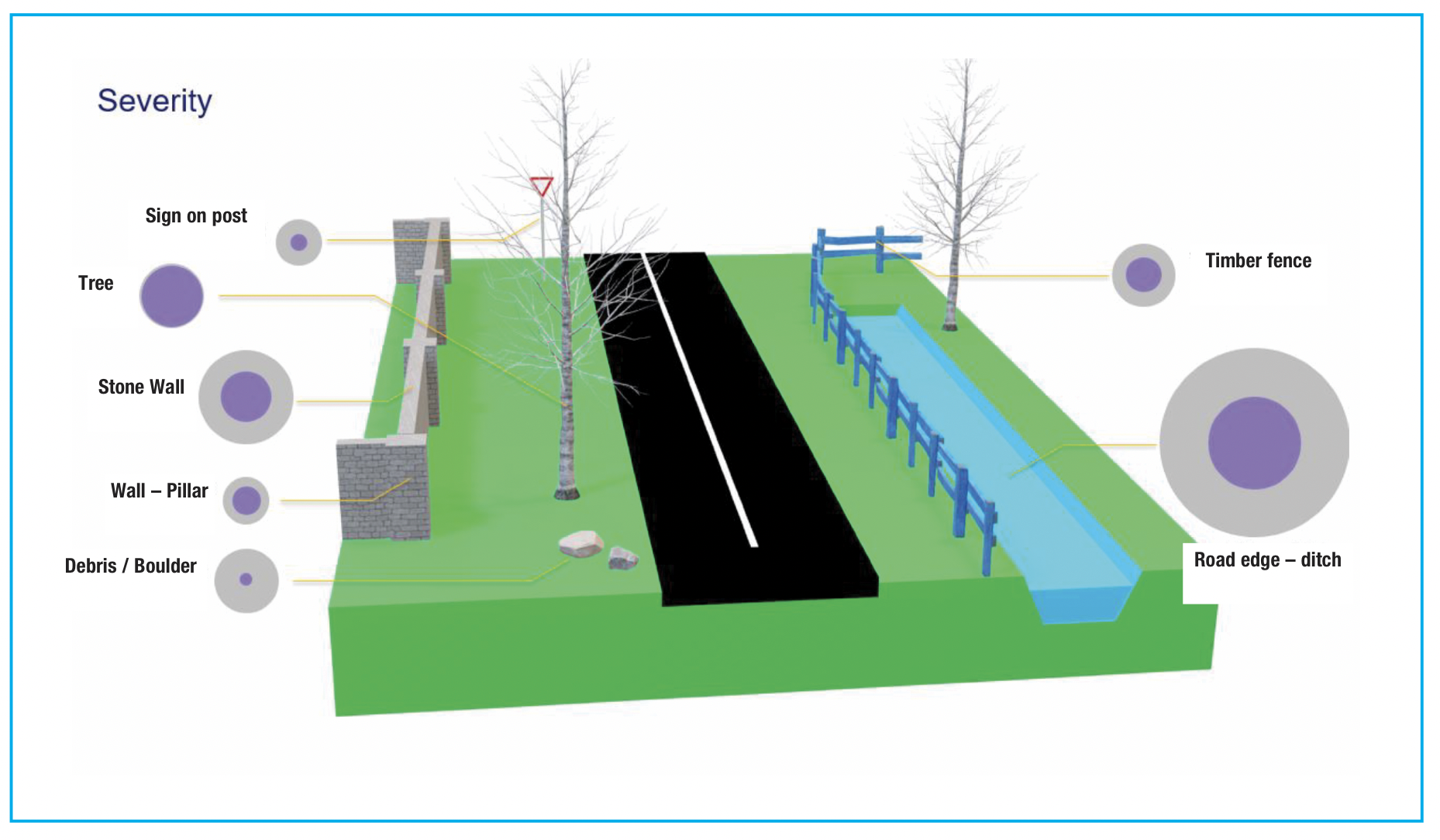
To gather data about the elements of the road that could increase the risk of a serious or fatal collision the entire national road network is driven and inspected by teams of experienced road safety auditors appointed by TII. This visual inspection takes place over a four-year cycle. Each route is driven in both directions, in daylight and in darkness. The teams tag roadside hazards using a GPS enabled camera. During post inspection processing the hazards that were tagged during the visual inspection are ranked and prioritised based on the severity of the hazard and the likelihood of leaving the road. This process results in tens of thousands of tags each with individual severity and risk likelihoods that are provided to local authorities.
The road safety inspections programme has provided a means to improve roadsides by understanding in a scientific way what improvements will result in a more “forgiving” road and by identifying in detail which elements are likely to cause injury if struck.
Some examples of road safety improvement schemes that originated from TII safety analysis and successfully delivered by local authorities are illustrated on the previous page and represent a small fraction of the sixty plus improvements delivered each year.
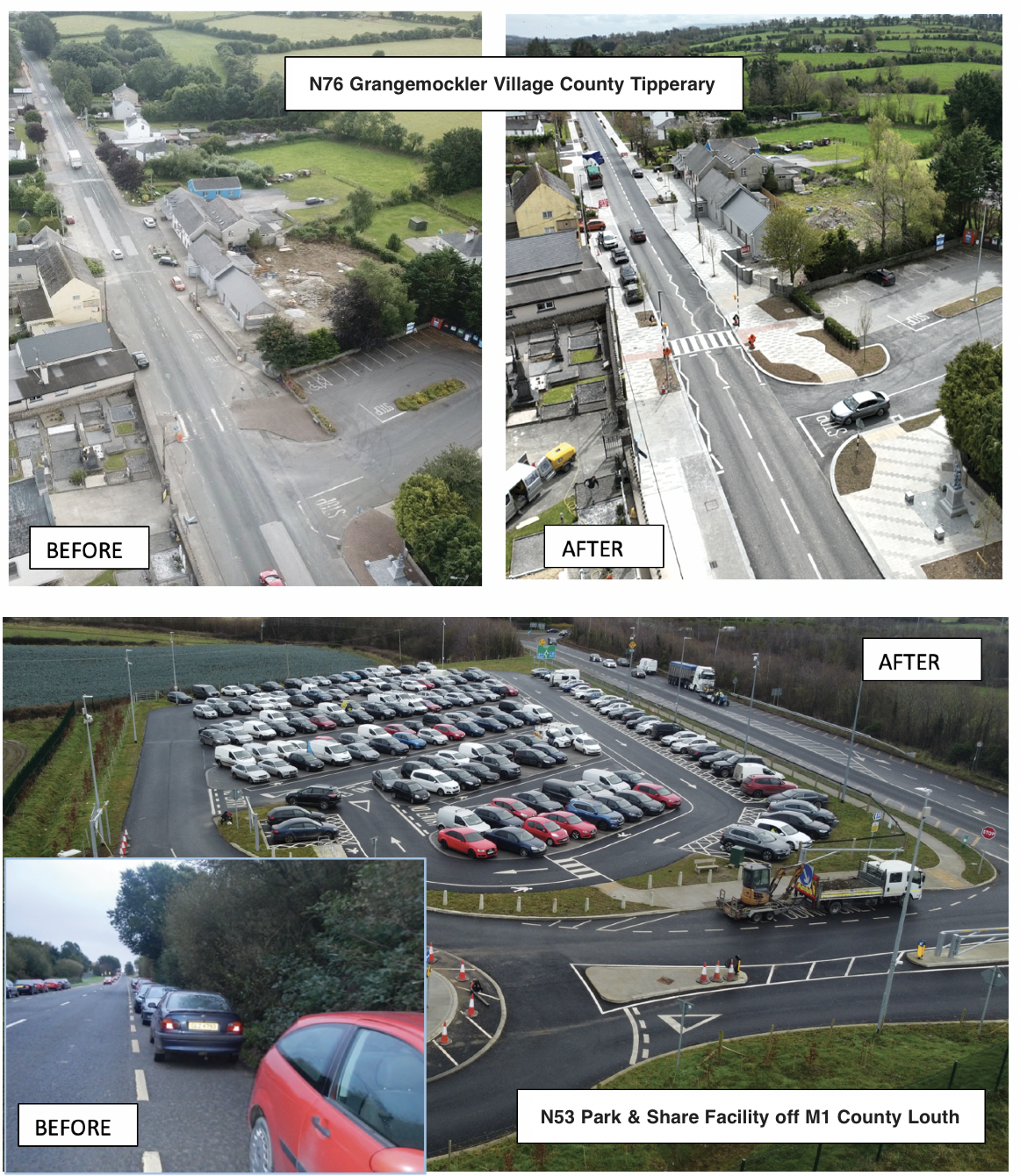
What next
Transport is a constantly changing system and road safety systems will always need to be data driven and agile to respond to new or emerging trends. While it is not possible to fully comprehend the impacts future changes may bring the adoption of a data-led approach allows TII Road Safety to understand what needs to change to mitigate serious injuries and fatalities.
“It is becoming more challenging to identify areas where engineering countermeasures can reduce future collisions, the future looks promising with the increasing prevalence and accessibility of new tools, such as machine learning (ML) and new data sources,” O’Connor says.
The fact that the rate of collisions is falling on national road, despite a background deterioration in driver behaviour, illustrates that the use of network safety analysis and road safety inspections and investing in engineering improvements has facilitated a treat to target framework within which serious and fatal collisions have been prevented. For example, one of the next priorities for TII Road Safety will be treating high-speed single carriageway, by dividing the carriageway, to target 40 per cent of fatal collisions that are head-on.
“By using a data driven approach to investment the number of high collision locations on national roads has halved in less than a decade,” says de Beer. “The focus for investment over the next decade will be informed by our pro-active road safety inspections.”
Network Safety Analysis and road safety inspections informs decisions and provides TII with a robust system that given time, resources, co-operation with stakeholders and continued funding will work towards achieving Vision Zero.
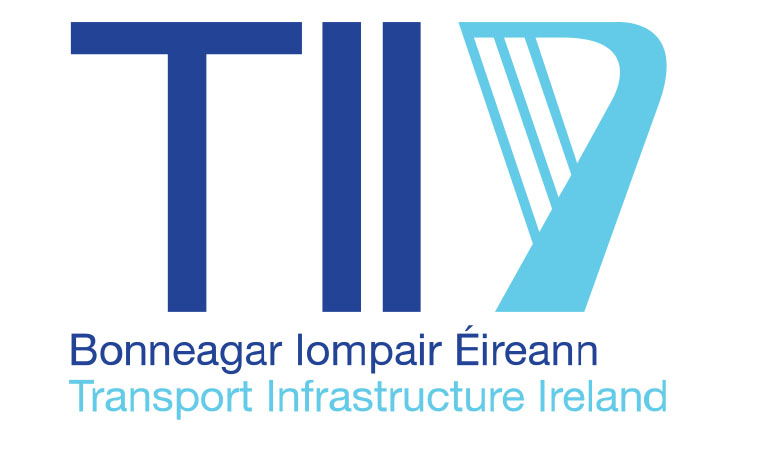
E: infosafety@tii.ie
W: www.tii.ie





